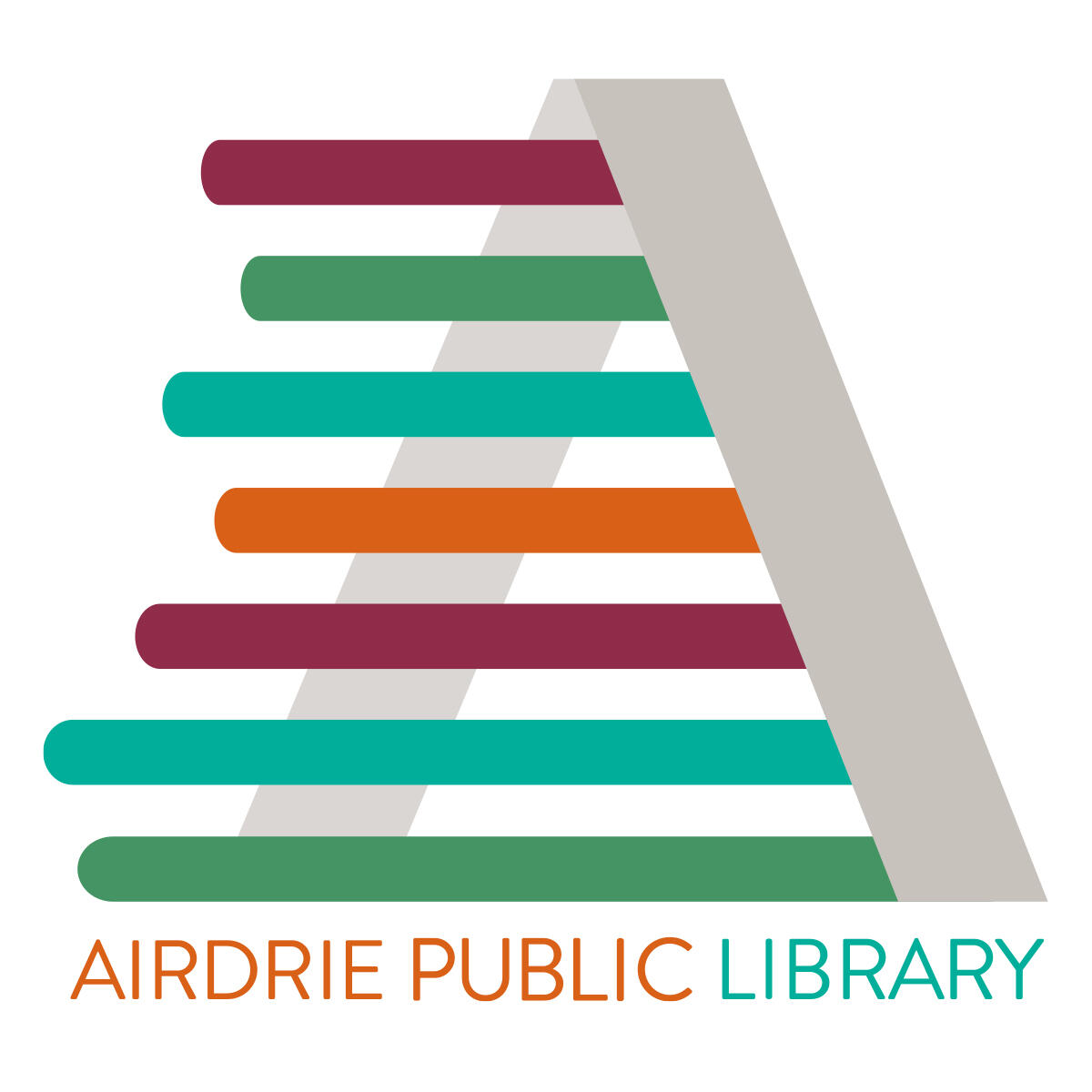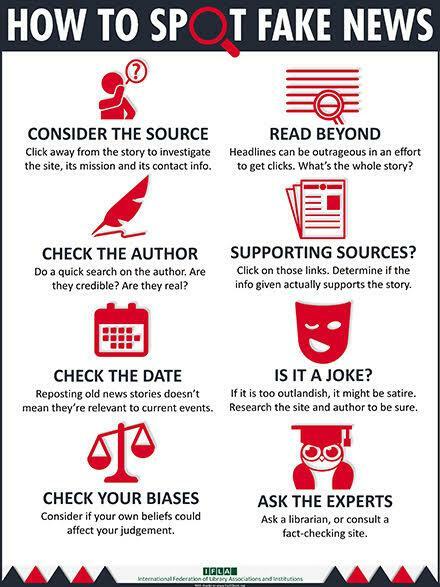Fake News
What is Fake News?
According to the Collins English Dictionary, fake news is false, often sensational, information circulated under the guise of news reporting. It is spread with the deliberate attempt to mislead.
Along with Fake News, we should also be aware of Misinformation and Disinformation. Misinformation, which is information spread without knowing it’s false, can have far-reaching effects on you, your loved ones and society as a whole. Disinformation is the spreading of false information on purpose by people with negative intentions.
It isn’t always clear which websites and online articles are credible. Fact checking is important because misinformation and disinformation can sway your opinions, and therefore change your actions.
We can all fight against the spread of misinformation by being skeptical of news reporting from social media sites and untrustworthy websites. Do your own research to check the facts before passing on information that may mislead others.
What makes a news story fake?
- You can’t verify its claims - The article may not have source citations, or those links may not lead to external sources or relevant topics.
- It appeals to emotion – Fake news plays on your feelings of fear, anger and outrage. Fake news on social media is designed to generate a lot of sharing, perpetuating the false information.
- Authors are not experts – Most authors aren’t journalists, and are paid to create content slanted a certain way.
- It can’t be found elsewhere – If you search the main idea of a fake news piece, you might not find any other news organization reporting on it.
- It comes from fake news sites. Look at some samples of previous fake news sites, such as abcnews.com.com and breaking-cnn.com. They are not real news sites, but are close enough that they can often fool people.
How to Spot Fake News
(Source: International Association of Library Associations and Institutions)
Some Fact Checking Resources:
www.politifact.com
www.factcheck.org
www.snopes.com
www.truthorfiction.com
www.smhoaxslayer.com
www.Canadafactcheck.ca
Other Online Fakes:
HOAX or SPOOF websites:
- A spoof or hoax website is a site that uses dishonest designs to trick users into thinking that it represents some other uninvolved party. They commonly imitate the sites of banks and other official businesses or government agencies, often in order to fraudulently collect sensitive financial or personal information from users.
- Https:// - when logging into banking, shopping or email sites, always look for “https” at the beginning of the URL – the “s” stands for secure
- Check for the padlock symbol in the browser’s address bar - the green padlock indicates that a webpage connection is secure. This means that a website's identity has been verified by a trusted third-party authority and that it has a valid certificate for the URL that you're trying to reach.
- Enter site URLs straight into your browser’s address bar. Don’t rely on links in emails as they could be fake.
SPAM email:
- Spam email is a form of commercial advertising which is economically viable because email is a very cost-effective medium for the sender. If just a fraction of the recipients of a spam message purchase the advertised product, the spammers are making money and the spam problem is perpetuated.
- Spammers harvest recipient addresses from publicly accessible sources, use programs to collect addresses on the web, and simply use dictionaries to make automated guesses at common usernames at a given domain.
- Spam is increasingly sent from computers infected by computer viruses. Virus-makers and spammers are combining their efforts to compromise innocent computer users’ systems and converting them into spam-sending “drones” or “zombies”. These malicious programs spread rapidly and generate massive amounts of spam pretending to be sent from legitimate addresses.
- It’s important for all computer owners to install and maintain anti-virus software to avoid having their computer infected and possibly become a source of spam without their knowing.
PHISHING emails:
- Phishing is a scam by which an Internet user is duped (as by a deceptive e-mail message) into revealing personal or confidential information which the scammer can use illicitly.





